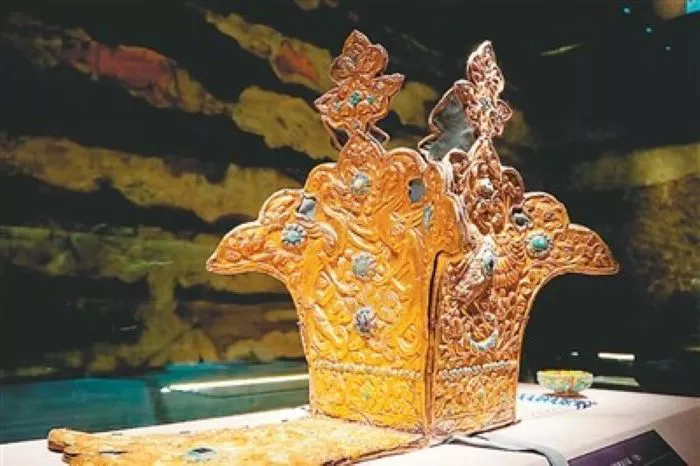Chinese archaeologists have successfully restored several significant cultural relics through innovative techniques, including a 1,300-year-old Tibetan crown and Tang Dynasty architectural ornaments. The Chinese Academy of Social Sciences recently unveiled seven major achievements in technological archaeology and cultural heritage conservation that address complex restoration challenges.
The pearl-adorned crown discovered in Qinghai’s Ulan County represents a fusion of Central Plains and Central Asian cultures through its dragon, phoenix and lion motifs. When unearthed in 2019, the extremely fragile artifact had metal components thinner than three sheets of paper and 2,582 scattered beads. Conservationists used X-ray imaging and CT scanning to meticulously reposition each bead through over 10,000 precision welds.
From Hebei’s Xiong’an Ancient City site, archaeologists recovered two rare Tang Dynasty ceramic dragon heads originally found in hundreds of fragments. Advanced techniques including 3D imaging and ultrasonic cleaning enabled researchers to reconstruct the architectural ornaments, revealing impressive 45cm-wide roof ridges that suggest grand imperial structures.
At Uzbekistan’s Mongolktepe site along the ancient Silk Road, Chinese archaeologists demonstrated their field conservation methods by establishing a mobile laboratory. Their work uncovered significant finds including a Wu Zhu coin worn as jewelry and various textiles that provide new evidence of cultural exchanges. Particularly noteworthy was the discovery of a Mediterranean-originated glass bead in Xinjiang that confirms pre-Silk Road trade connections through scientific composition analysis.
Related Topic:
- Global Air Travel Surpasses Pre-Pandemic; Middle East Leads
- Premium Economy Gains Favor Among Business Travelers Amid Rising Airfares
- Darwin Airport Resorts Earns Trio of Hospitality NT Awards

